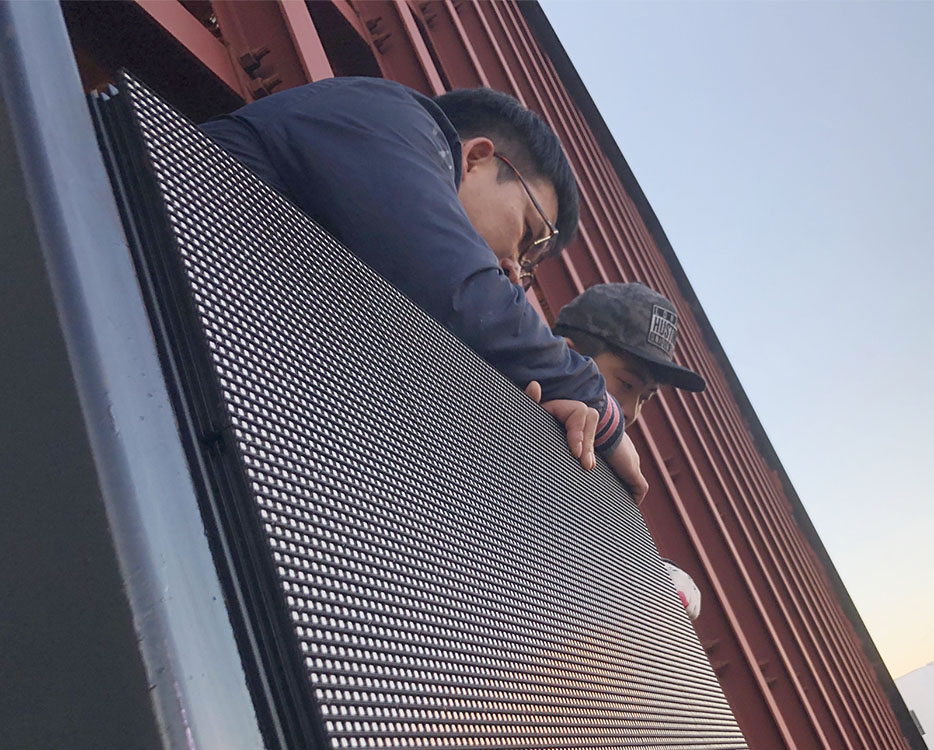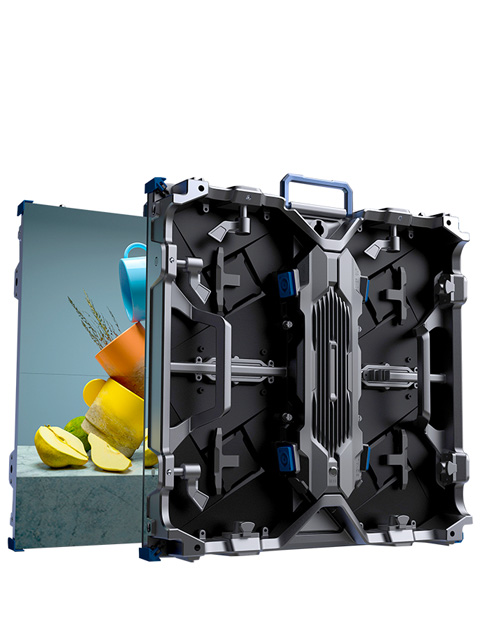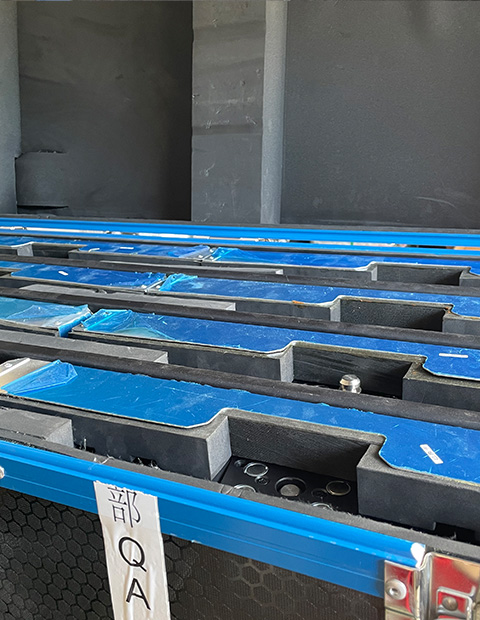When you buy an LED display, do you know how to choose the best ratio for your LED display? In fact, it is one of the key decisions that affects the overall viewing experience.
What is LED display aspect ratio?
The aspect ratio of an LED display is a measure of its width to its height. It determines the shape of the video screen, the format and viewing style of the content. Choosing the right aspect ratio is important because it not only affects the physical size of the display, but also the quality and immersion of the viewing experience. With the right aspect ratio, visuals will appear more natural and viewers can enjoy a more comprehensive and engaging experience.
Commonly used aspect ratios for LED displays
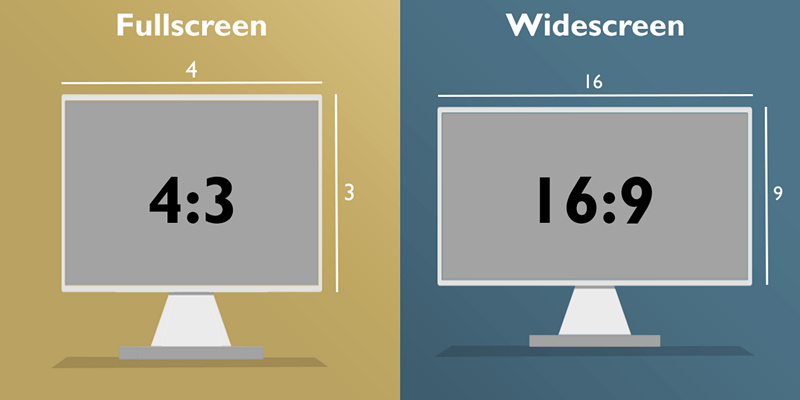
There are two main types of aspect ratios for LED displays: 16:9 and 4:3.
16:9 Aspect Ratio: This is the widescreen format and a very popular ratio choice today. It offers a wider field of view and is perfect for movies, sports and modern video content.
4:3 Aspect Ratio: This is a legacy format that was the standard format for TVs and computer monitors until the advent of widescreen formats. It is closer to square and is still preferred for certain applications such as:
- retro gaming
- standard definition television broadcasts
- specific professional settings.
| Aspect Ratio | Characteristics | Common Uses |
|---|---|---|
| 4:3 | – Frame is 33% wider than tall. – Offers more vertical information compared to 16:9. – When cropping to 16:9, approximately 25% of the vertical information is lost. |
– Traditional photography where vertical details are important. – Classic television and computer monitors. – Certain types of photography and videography where a more “square” frame is desired. |
| 16:9 | – Frame is 78% wider than tall. – Allows for a wider display, covering approximately 33% more area horizontally than 4:3. – Makes scenes feel vast and expansive. – Losing vertical information when cropping from 4:3. |
– Modern television and film production, catering to widescreen displays. – Videography where a panoramic view is preferred. – Landscape photography and videography to emphasize the expansiveness. |
16:9 Aspect Ratio vs. 4:3 Aspect Ratio: How to Choose the Right Aspect Ratio for Your LED Display
When it comes to choosing which ratio is better, you must consider the type of content and the use environment.
Content Type: Understanding Compatibility
The vast majority of modern HD and ultra-high-definition (UHD) content is produced in 16:9 aspect ratios. They are ideally suited to contemporary video content, including movies, TV broadcasts and streaming services. When you use this ,you can ensure content is displayed without unsightly black bars or cropping (which can happen when content is forced into an incompatible aspect ratio).
However, for content from a certain era or applications designed around 4:3 aspect ratios, such as classic TV shows, certain computer applications and retro video games, 4:3 LED displays can provide a more realistic viewing experience. For applications such as museums, retro arcades and academic environments, the historical accuracy of the content presentation may be more important than the immersive quality of a wider screen.
The viewing experience: maximizing immersion and information
The 16:9 aspect ratio provides a wider field of view that closely mimics human peripheral vision, which enhances the immersive experience of cinematic content as well as the expansive visual landscape of a video game or virtual environment.
Conversely, a 4:3 aspect ratio screen can be more suitable for displaying detailed information, charts, and text such as in presentations, documents, and certain content by providing a more square view. In educational content applications, it can help viewers read and understand more easily.
Space constraints: adapting to the environment
If your LED display is used in large public spaces, conference halls and outdoor environments where the main goal is to attract more viewers’ attention from a distance, a wider 16:9 LED display is ideal for increasing the viewing area.
For locations where space is limited or architectural features are unique, a 4:3 display may be more practical. Its relatively compact square format makes it easier to install in smaller rooms or on walls.
Looking to the future: anticipating technology trends
As digital technologies and media formats evolve rapidly, it’s important to consider the future trajectory of content production. 16:9 aspect ratios dominate newer content and technology trends, and when you choose this format, it can provide greater compatibility with future media, ensuring that displays remain relevant and fully utilized for a longer period of time.
However, looking to the future also requires considering the versatility of your display. As LED displays evolve technologically, today LED displays are modularly put together, and they allow you to customize the right aspect ratio more easily.
How to choose
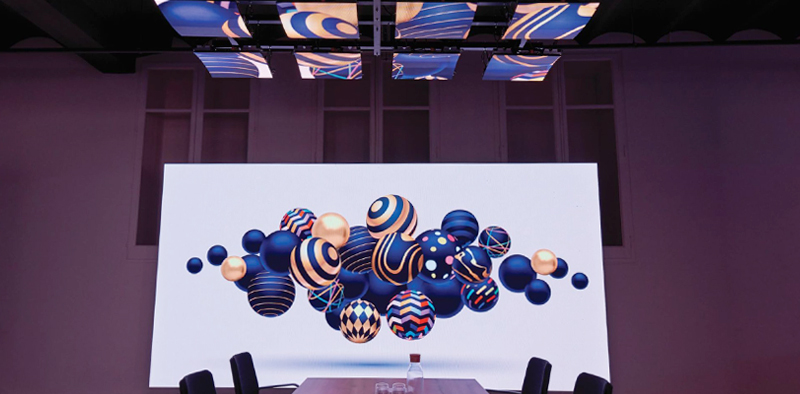
When you choose an aspect ratio, consider not only how aesthetically pleasing and harmonious the display will look in the intended space, but also how the display will fit into the chosen format and meet the viewing preferences
For high-definition video or widescreen movies, a 16:9 display is usually best for a modern movie viewing experience.
If your content consists primarily of documents or images, the choice may depend on the specific characteristics of the content. For example, a 4:3 ratio may be more appropriate for documents that resemble standard paper sizes, while a 16:10 ratio may be more appropriate for displaying documents that require additional vertical space without sacrificing width.
For environments where multiple streams of information need to be displayed at the same time, such as a control room or financial analysis, a 15:9 ratio provides the additional width needed to effectively accommodate multiple windows side-by-side.
| Aspect Ratio | Ideal Content Types | Best Suited Scenarios |
|---|---|---|
| 16:9 | High-definition videos, widescreen movies | General use, cinematic experiences, gaming, sports broadcasts, digital signage in large public spaces |
| 4:3 | Documents, classic video games, standard definition TV broadcasts | Educational content, presentations, retro gaming, specific professional applications where a squarer format is preferred |
| 15:9 | Multiple information windows | Control rooms, financial trading floors, situations requiring simultaneous display of multiple data sources |
| 16:10 | Documents with special requirements for picture height | Academic and professional presentations, graphic design work, applications requiring extra vertical space |
Tips for adjusting and optimizing the aspect ratio
Although the physical size of the LED display is unchanged after it is installed proportionally, the aspect ratio of the LED display can be adjusted in some cases. For example, on some high-end or customizable LED displays, you can adjust the aspect ratio through software or hardware settings to meet different display needs. Here are some operating tips:
| Step | Description |
|---|---|
| Understand the Control System | Familiarize yourself with the control system of your LED display. Consult the instruction manual or supplier to learn how to access the control interface and adjust settings. |
| Use Professional Adjustment Software | Utilize the special adjustment software provided with many LED displays. These tools often feature intuitive interfaces and comprehensive adjustment options for aspect ratio, brightness, contrast, etc. |
| Adjust the Pixel Mapping | Alter the display’s aspect ratio by adjusting its pixel mapping. This may involve changing the physical layout or reconfiguring the pixel array, requiring professional knowledge and experience. |
| Consider Video Source Adaptability | Take into account the fixed aspect ratio of video sources. Adjusting the display’s aspect ratio may necessitate changing the resolution or format of the video source to prevent picture deformation or cropping. |
| Maintain Display Effect Balance | Ensure the adjusted aspect ratio maintains a balanced display effect. An excessively wide or narrow aspect ratio can impact the aesthetic and viewing experience. Observe picture changes closely and fine-tune as needed. |
In Summary
While 16:9 is the modern standard that is compatible with most current content and provides a broad, immersive viewing experience, 4:3 still has its value for specific applications and nostalgic content. The choice of the optimum aspect ratio for your LED display depends entirely on your specific needs.
IMLEDWALL can provide a wide range of LED screen cabinets with various sizes. With flexible solutions, they are perfectly suited to meet any of your needs. If you are considering purchasing a large LED display, please feel free to contact us.
